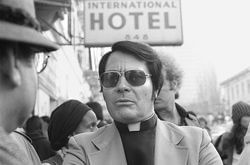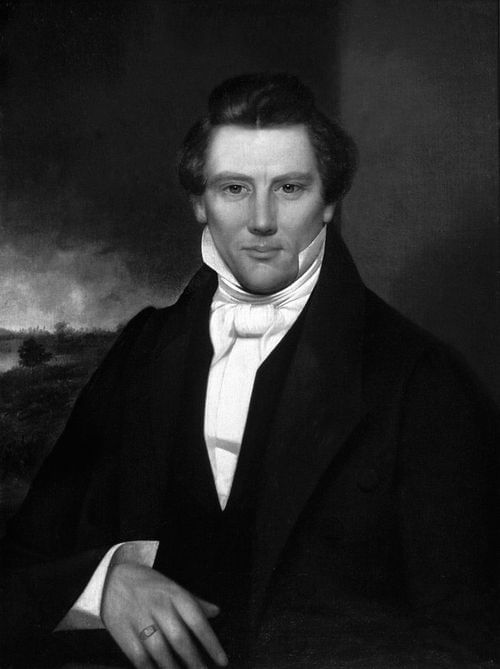
Photo Attribution: Likely William Warner Major see http://silverepicent.com/photofound/photofound/Photograph_Found/Appendix_C.html, Public domain, via Wikimedia Commons
Joseph Smith
This example has been viewed 574x times
Summary
Rodden Rating
Analysis for Joseph Smith
Biography
Joseph Smith Jr. (December 23, 1805 – June 27, 1844) was an American religious leader and the founder of Mormonism and the Latter Day Saint movement. Publishing the Book of Mormon at the age of 24, Smith attracted tens of thousands of followers by the time of his death fourteen years later. The religion he founded is followed to the present day by millions of global adherents and several churches, the largest of which is the Church of Jesus Christ of Latter-day Saints (LDS Church).
Born in Sharon, Vermont, Smith moved with his family to Western New York, following a series of crop failures in 1816. Living in an area of intense religious revivalism during the Second Great Awakening, Smith reported experiencing a series of visions. The first of these was in 1820, when he saw "two personages" (whom he eventually described as God the Father and Jesus Christ). In 1823, he said he was visited by an angel who directed him to a buried book of golden plates inscribed with a Judeo-Christian history of an ancient American civilization. In 1830, Smith published the Book of Mormon, which he described as an English translation of those plates. The same year he organized the Church of Christ, calling it a restoration of the early Christian Church. Members of the church were later called "Latter Day Saints" or "Mormons".
In 1831, Smith and his followers moved west, planning to build a communal Zion in the American heartland. They first gathered in Kirtland, Ohio, and established an outpost in Independence, Missouri, which was intended to be Zion's "center place". During the 1830s, Smith sent out missionaries, published revelations, and supervised construction of the Kirtland Temple. Because of the collapse of the church-sponsored Kirtland Safety Society, violent skirmishes with non-Mormon Missourians, and the Mormon extermination order, Smith and his followers established a new settlement at Nauvoo, Illinois, of which he was the spiritual and political leader. In 1844, when the Nauvoo Expositor criticized Smith's power and his practice of polygamy, Smith and the Nauvoo City Council ordered the destruction of its printing press, inflaming anti-Mormon sentiment. Fearing an invasion of Nauvoo, Smith rode to Carthage, Illinois, to stand trial, but was shot and killed by a mob that stormed the jailhouse.
During his ministry, Smith published numerous documents and texts, many of which he attributed to divine inspiration and revelation from God. He dictated the majority of these in the first-person, saying they were the writings of ancient prophets or expressed the voice of God. His followers accepted his teachings as prophetic and revelatory, and several of these texts were canonized by denominations of the Latter Day Saint movement, which continue to treat them as scripture. Smith's teachings discuss God's nature, cosmology, family structures, political organization, and religious community and authority. Mormons generally regard Smith as a prophet comparable to Moses and Elijah. Several religious denominations identify as the continuation of the church that he organized, including the LDS Church and the Community of Christ.
Source: https://en.wikipedia.org/wiki/Joseph_Smith
Raw Data
Horoscope Data
Comments
Natal Data
1805-12-23 22:47:00 GMT
43° 47′ 6.8″ N 72° 27′ 15.0″ W
Sharon, VT, USA
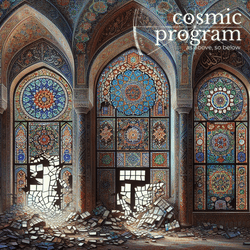

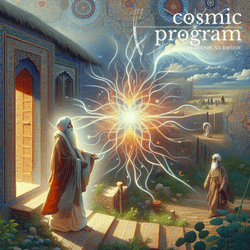


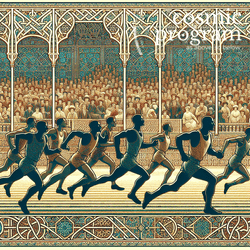

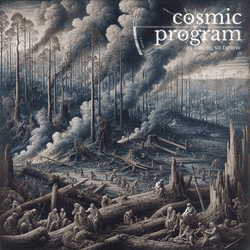

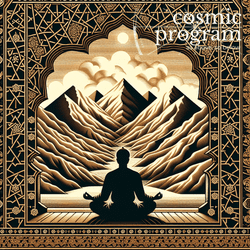




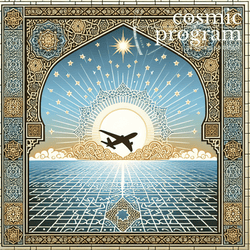




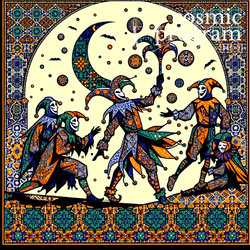


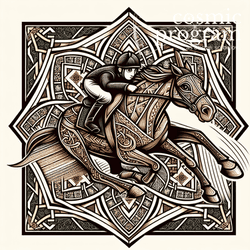


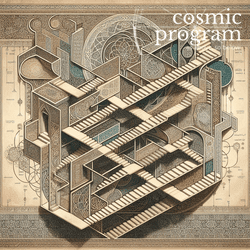



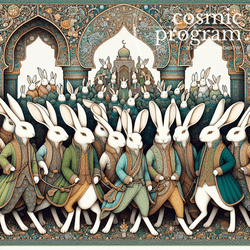


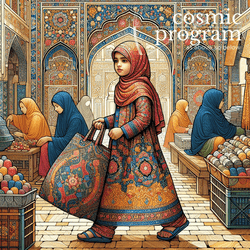

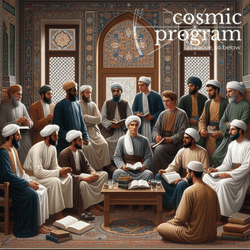

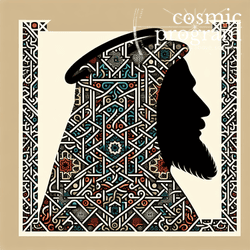



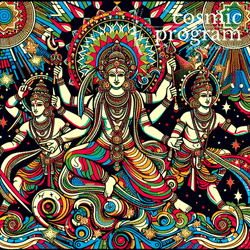


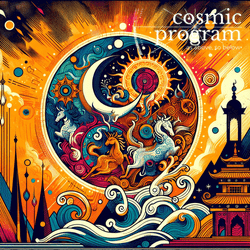
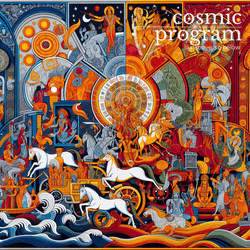

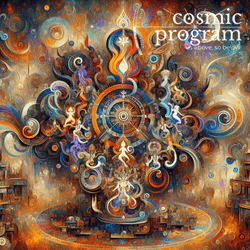
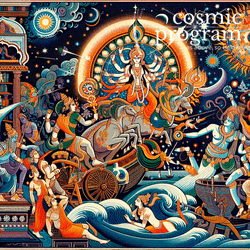
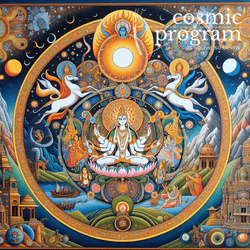
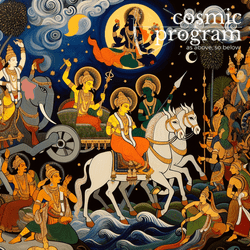



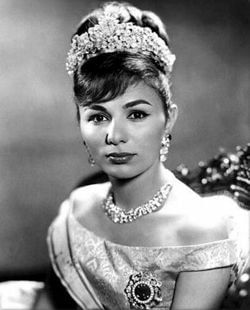

.jpg?bossToken=1e246418f07d2b72d2593f3174d8a4cfd1d74826ef539c91e3d1825624d7515a)


